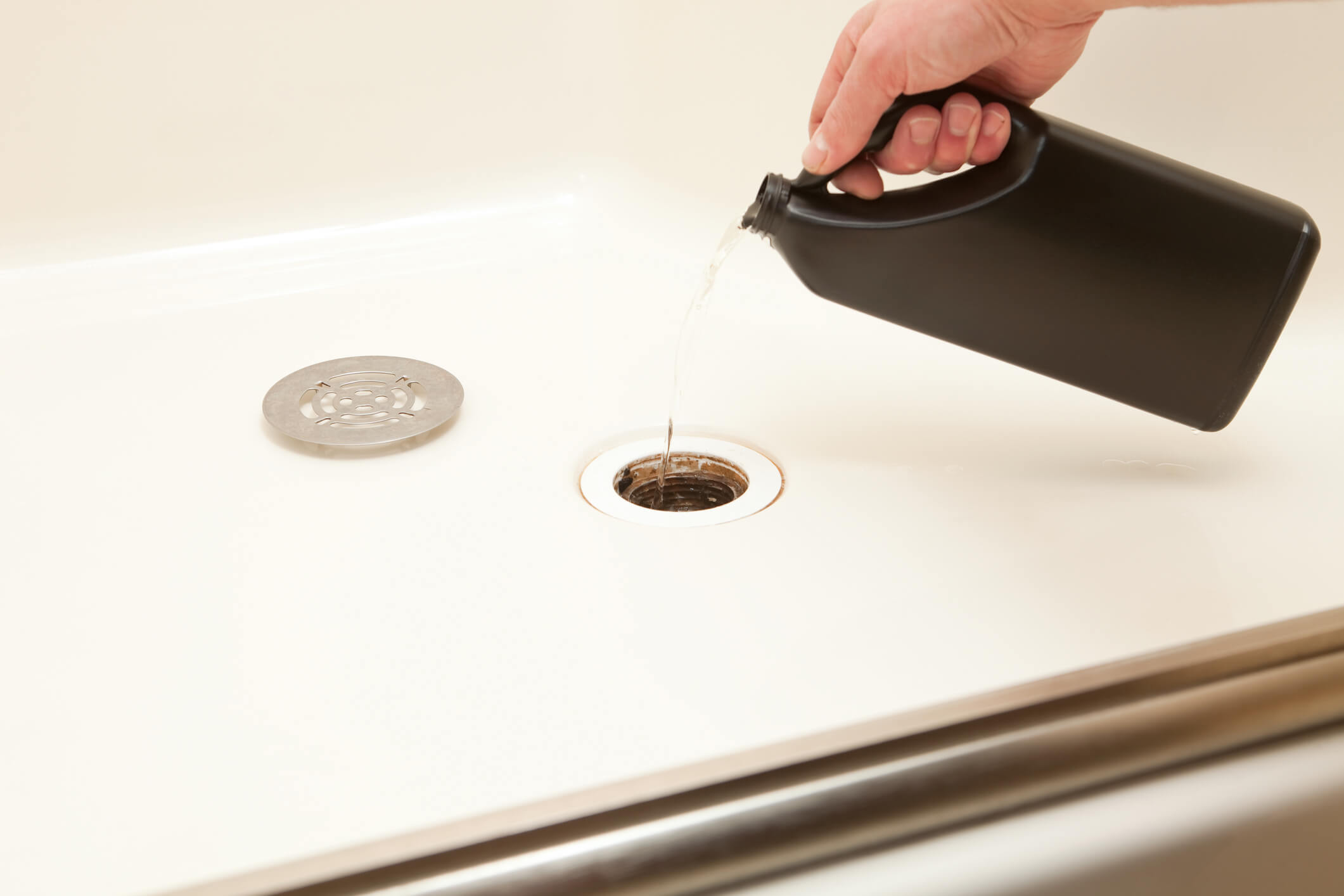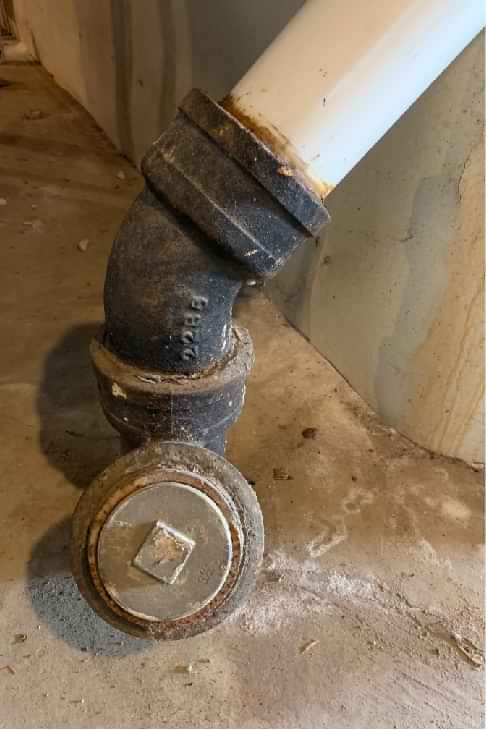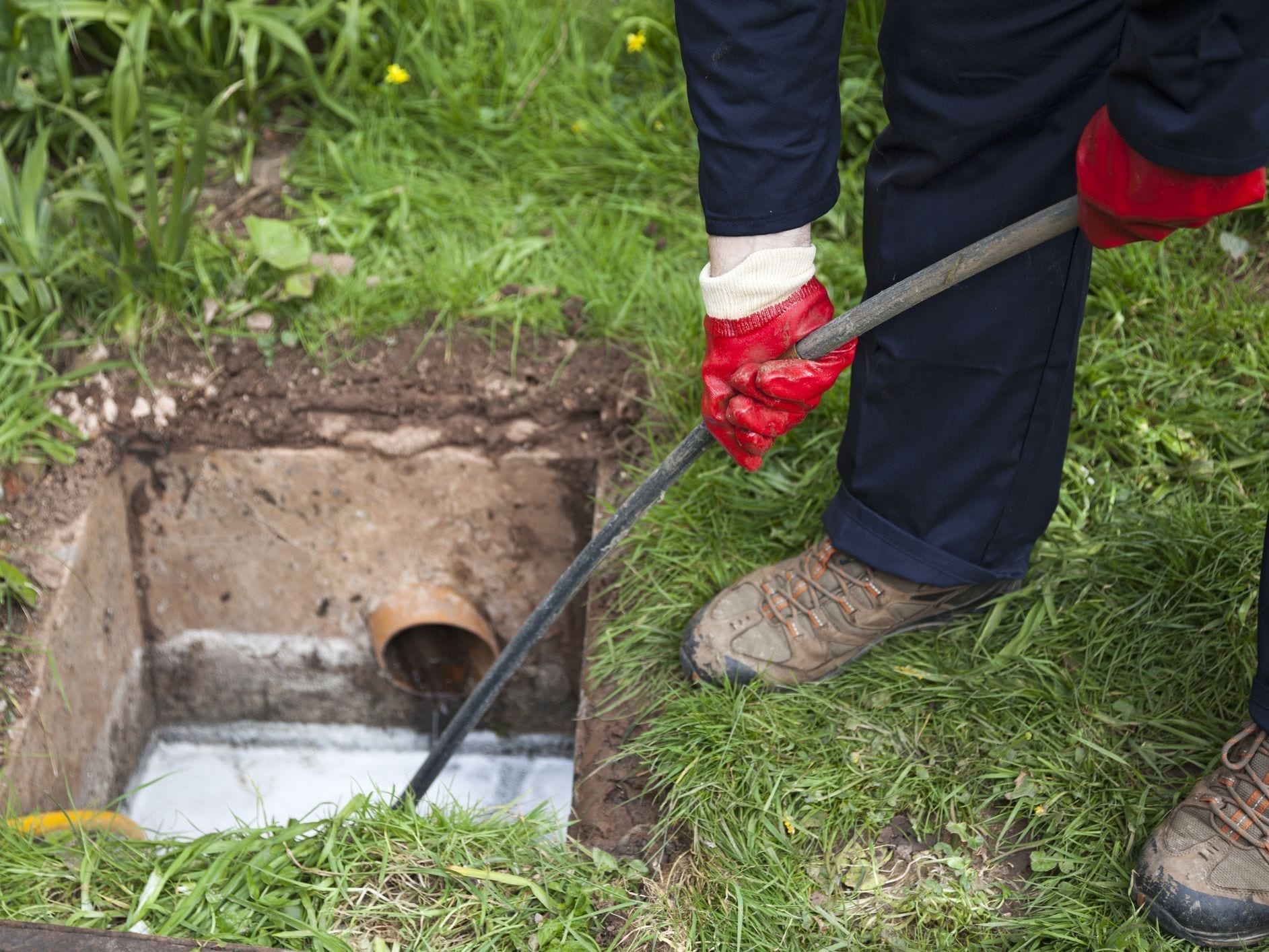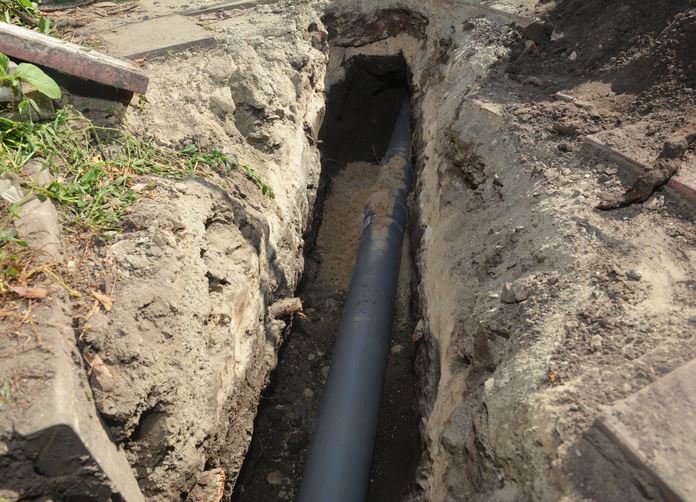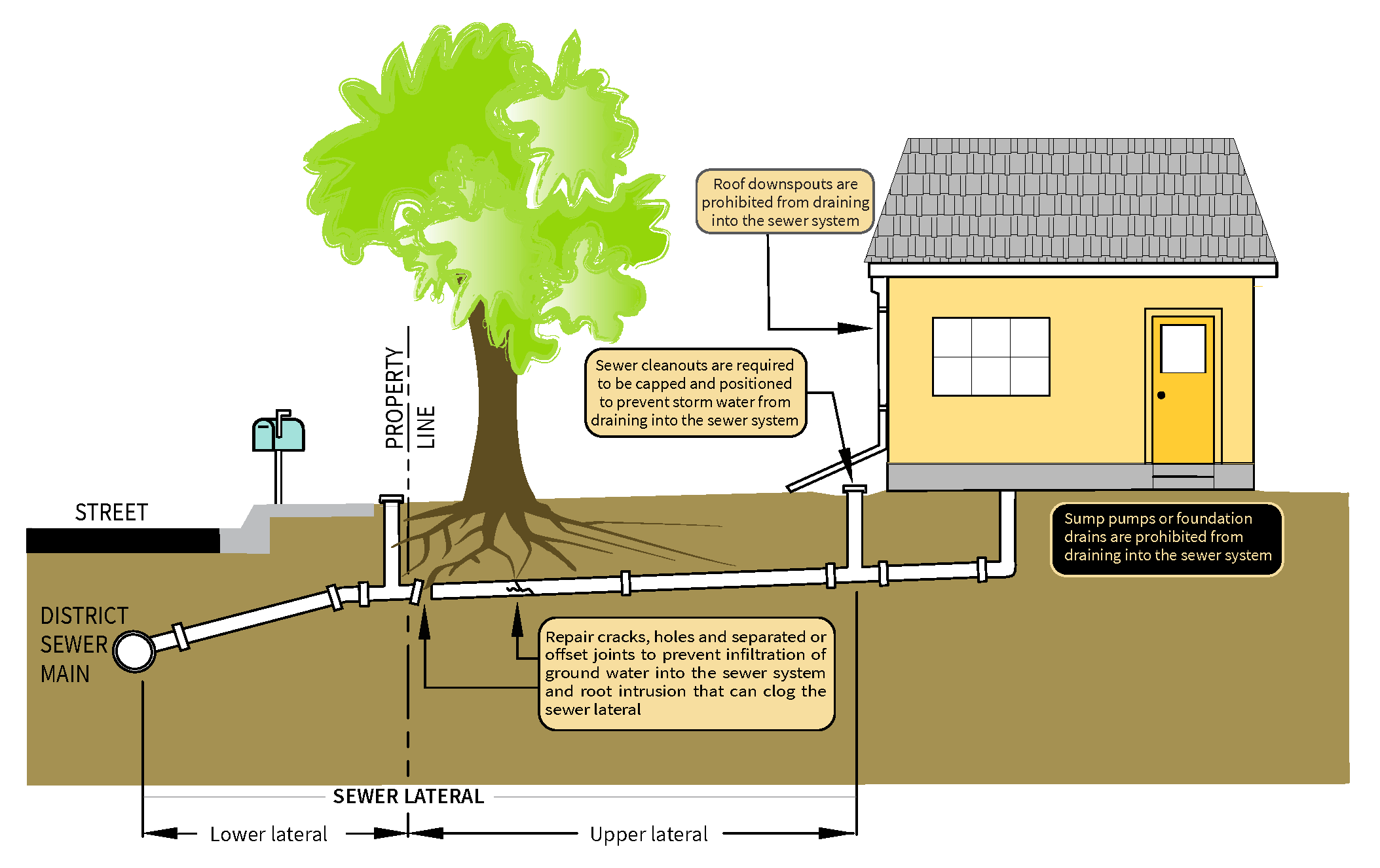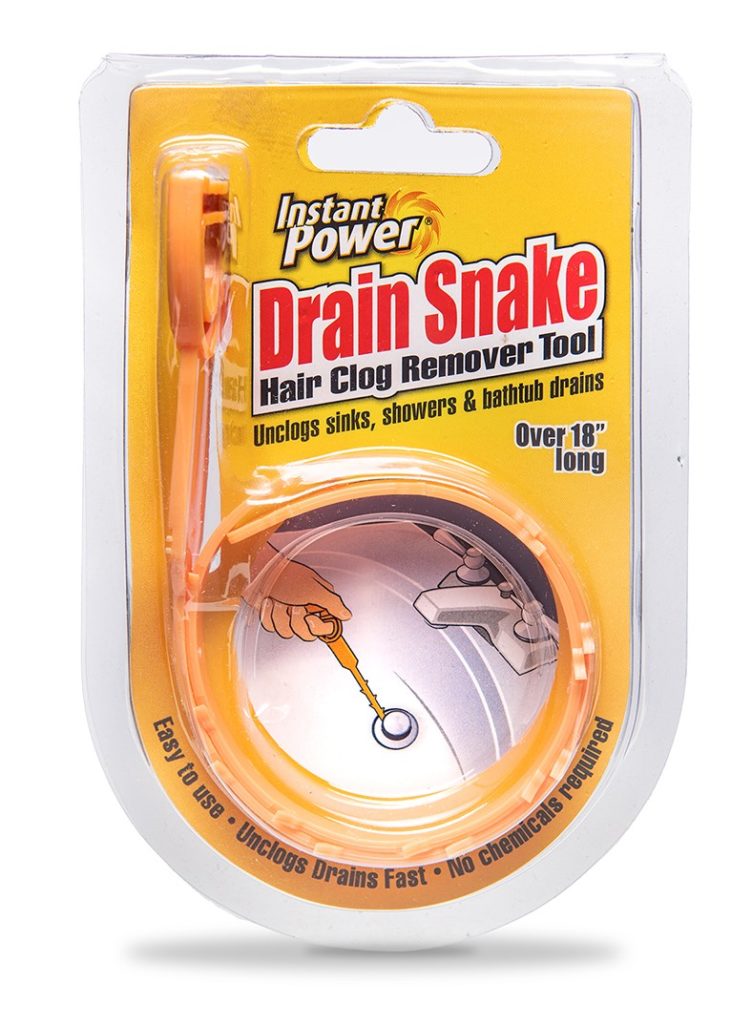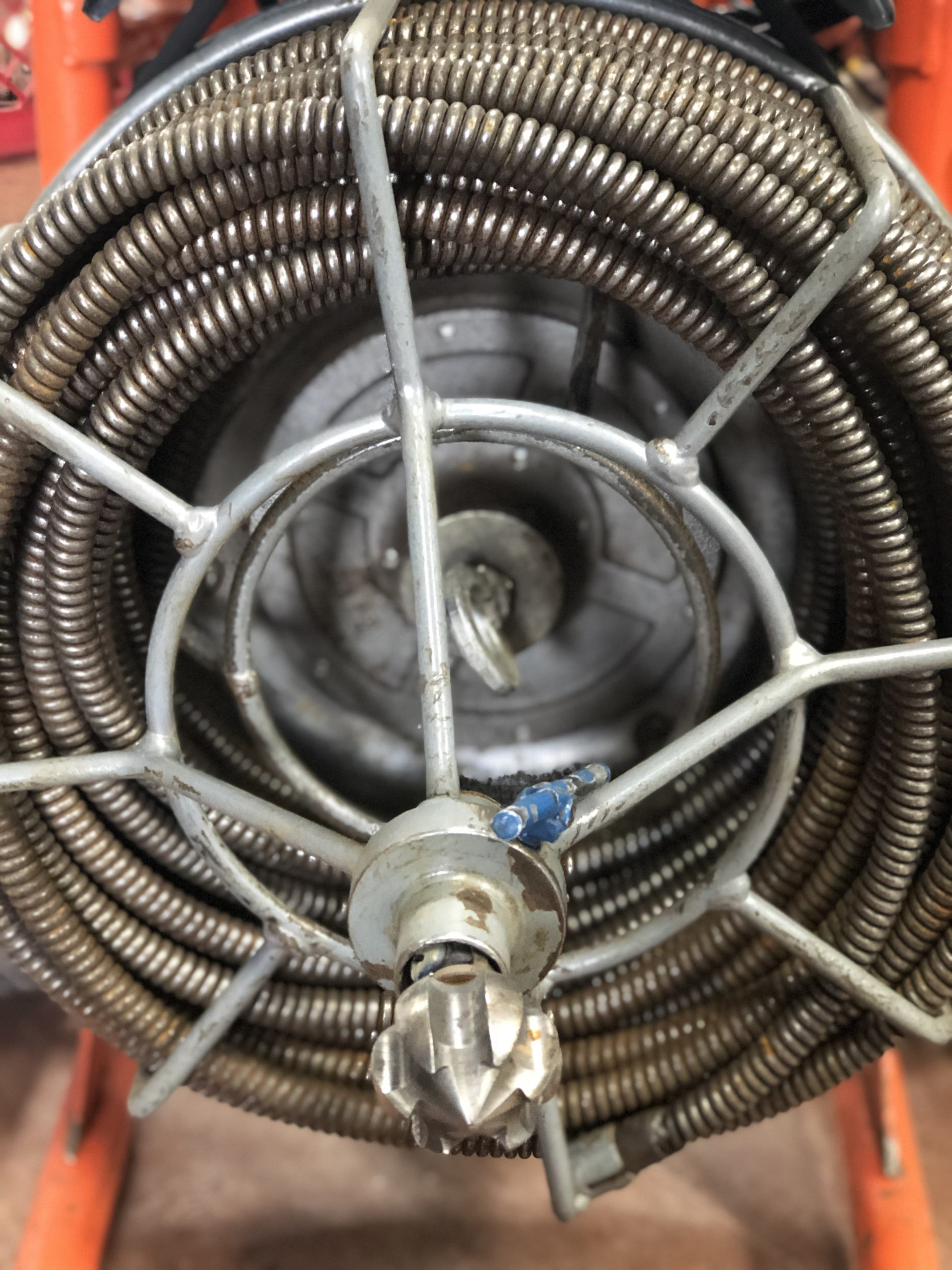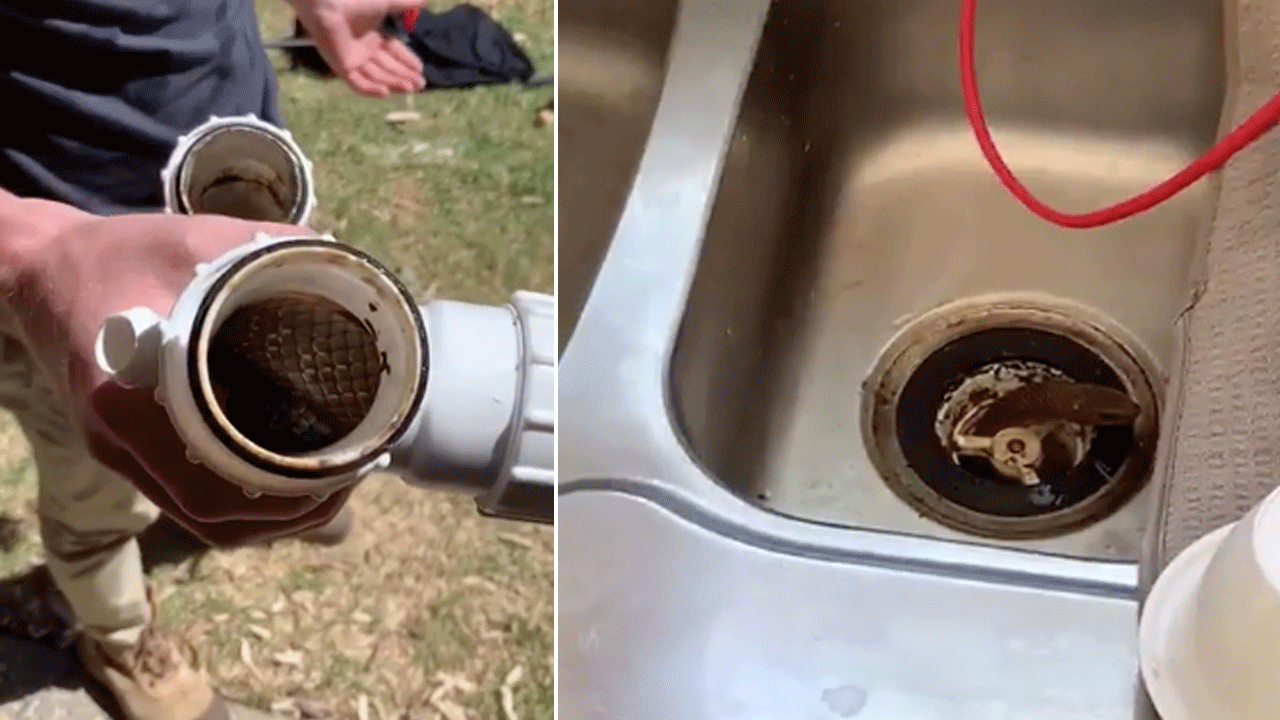Dealing with a backed up kitchen sink can be a frustrating and messy situation. If your sink is not draining properly or water is starting to pool in the basin, it’s time to take action. Here are 10 ways to unclog a kitchen sink and get your plumbing back in working order.Unclog a Kitchen Sink
Before you start trying to unclog your kitchen sink, it’s important to identify the cause of the backup. Most kitchen sink clogs are caused by a buildup of food debris, grease, and oils. If you have a garbage disposal, make sure it is turned off and unplugged before attempting to clear the clog.How to Fix a Backed Up Kitchen Sink
If you’re dealing with a minor clog, you may be able to clear it yourself with some basic household items. First, try using a plunger to dislodge the obstruction. Place the plunger over the drain and push down firmly, then pull up quickly. Repeat this process several times to create suction and hopefully clear the clog. If the plunger doesn’t work, you can try using a mixture of baking soda and vinegar. Pour half a cup of baking soda down the drain, followed by half a cup of white vinegar. The mixture will foam up and help to break up any food or grease buildup. Let it sit for about 15 minutes, then flush the drain with hot water.DIY Kitchen Sink Backing Up Solutions
In addition to food debris and grease, there are a few other common causes of kitchen sink backups. One of the most common is a clogged P-trap, which is the curved pipe under the sink. This traps debris and prevents it from entering the main drain line. If you suspect a clogged P-trap, you can remove it and clean it out. Another possible cause is a broken or collapsed pipe. If you have an older home or tree roots in your yard, this may be the issue. In this case, you will likely need to call a professional plumber to make repairs.Common Causes of a Backed Up Kitchen Sink
The best way to deal with a backed up kitchen sink is to prevent it from happening in the first place. You can do this by being mindful of what you put down your drain. Avoid pouring grease, oil, or coffee grounds down the sink, and always scrape excess food into the trash before washing dishes. It’s also a good idea to use a sink strainer to catch any food particles before they can go down the drain. Make sure to clean the strainer regularly to prevent buildup.How to Prevent a Kitchen Sink from Backing Up
If your efforts to unclog your kitchen sink are unsuccessful, it may be time to call in a professional. A plumber will have the tools and expertise to properly diagnose and fix the issue. Professional plumbers can use a variety of methods to clear a backed up kitchen sink, including hydro jetting, which uses high-pressure water to clear out clogs. They can also use video inspection to identify any hidden issues in your plumbing system.Professional Kitchen Sink Backing Up Services
If you’re dealing with a clogged kitchen sink, a plunger should be your first line of defense. To use a plunger effectively, make sure there is enough water in the sink to cover the rubber part of the plunger. If there is not enough water, add some from a nearby faucet. Place the plunger over the drain and push down firmly. Then, pull up quickly to create suction. Repeat this motion several times until the clog is cleared.Using a Plunger to Clear a Backed Up Kitchen Sink
If a plunger doesn’t work, you may be tempted to reach for a chemical drain cleaner. While these products can be effective, they can also be harmful to your plumbing and the environment. Chemical drain cleaners can corrode pipes and cause more damage in the long run. If you do choose to use a chemical drain cleaner, make sure to follow the instructions carefully and wear protective gear. It’s also important to never mix different types of cleaners, as this can create toxic fumes.Chemical Drain Cleaners for a Backed Up Kitchen Sink
If your kitchen sink is backing up, it may be a sign of a larger issue with your main sewer line. Some common signs of a main line backup include water backing up in multiple drains, gurgling noises coming from your drains, and a foul odor coming from the drains. If you suspect a main sewer line issue, it’s important to call a plumber right away. A clogged main line can cause serious damage to your home and require expensive repairs if not addressed promptly.Signs of a Main Sewer Line Backing Up into a Kitchen Sink
If all else fails, you may need to use a plumbing snake to clear a backed up kitchen sink. A plumbing snake, also known as an auger, is a long, flexible tool that can be inserted into the drain to clear out any obstructions. To use a plumbing snake, insert it into the drain and turn the handle to push it further into the pipe. Once you feel resistance, turn the handle in the opposite direction to break up the clog. Continue to push and pull the snake until the clog is cleared. In conclusion, a backed up kitchen sink can be a headache, but with the right tools and techniques, you can get it flowing again in no time. Remember to be cautious with what you put down your drain and to call a professional if you’re unable to clear the clog yourself. With these tips, you can keep your kitchen sink running smoothly and avoid future backups.How to Snake a Kitchen Sink Drain to Clear a Backup
How to Address a Backed-Up Kitchen Sink: Tips for a Well-Organized House Design
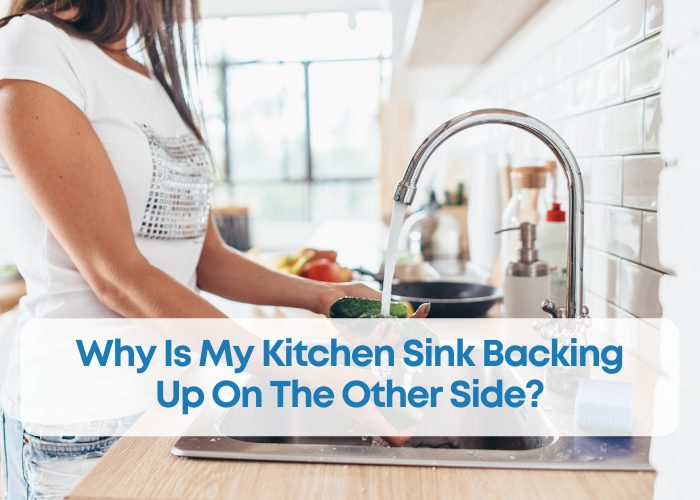
The Importance of a Functional Kitchen Sink
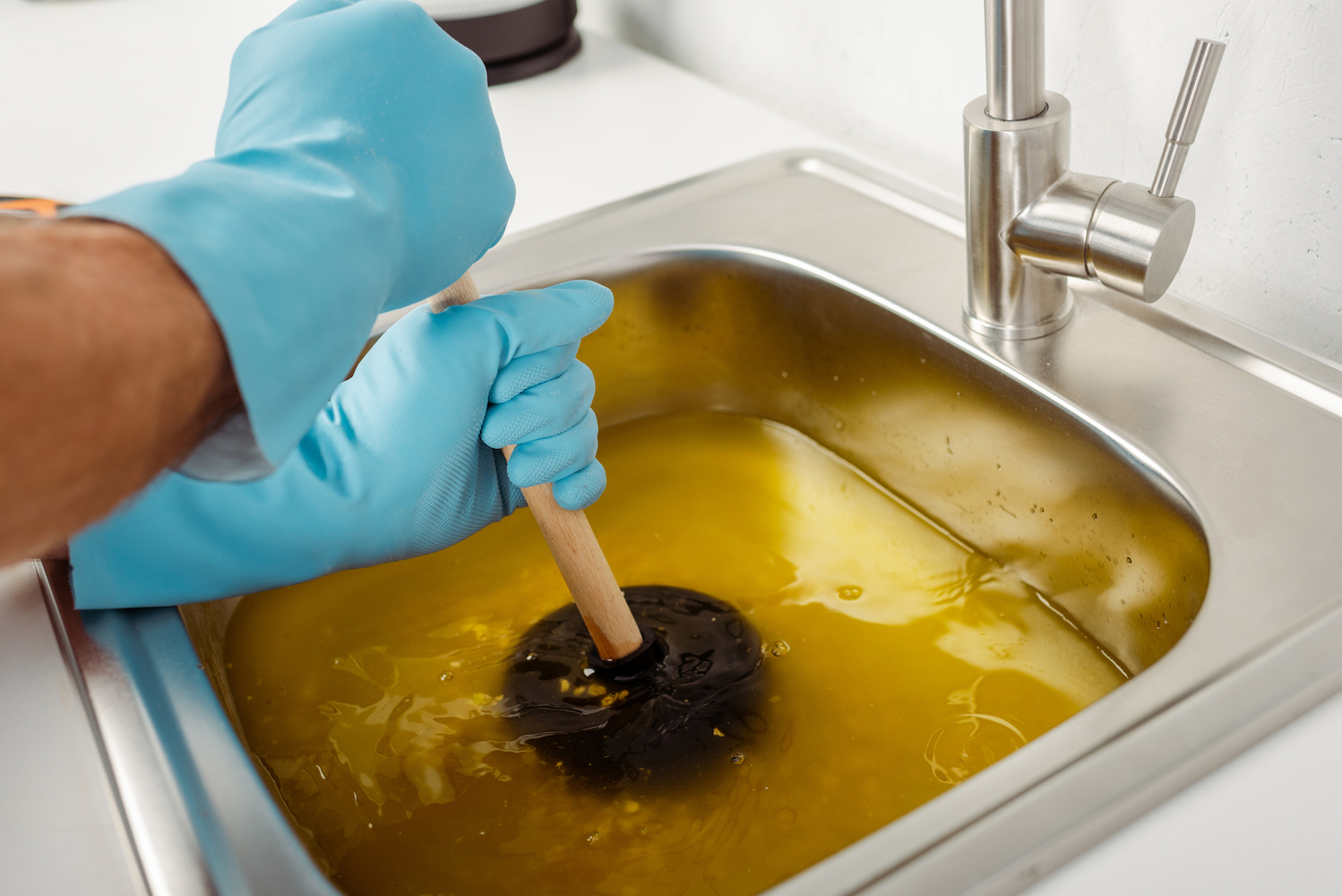 A kitchen sink is an essential part of any home, used for washing dishes, preparing food, and even drinking water. A backed-up kitchen sink can cause a lot of inconvenience and disrupt the daily routine of any household. It can also be a sign of bigger plumbing issues that need to be addressed immediately. As your kitchen sink plays a vital role in your daily activities, it is crucial to have a well-organized house design that ensures its functionality and prevents any issues from occurring.
A kitchen sink is an essential part of any home, used for washing dishes, preparing food, and even drinking water. A backed-up kitchen sink can cause a lot of inconvenience and disrupt the daily routine of any household. It can also be a sign of bigger plumbing issues that need to be addressed immediately. As your kitchen sink plays a vital role in your daily activities, it is crucial to have a well-organized house design that ensures its functionality and prevents any issues from occurring.
Identifying the Cause of the Back-Up
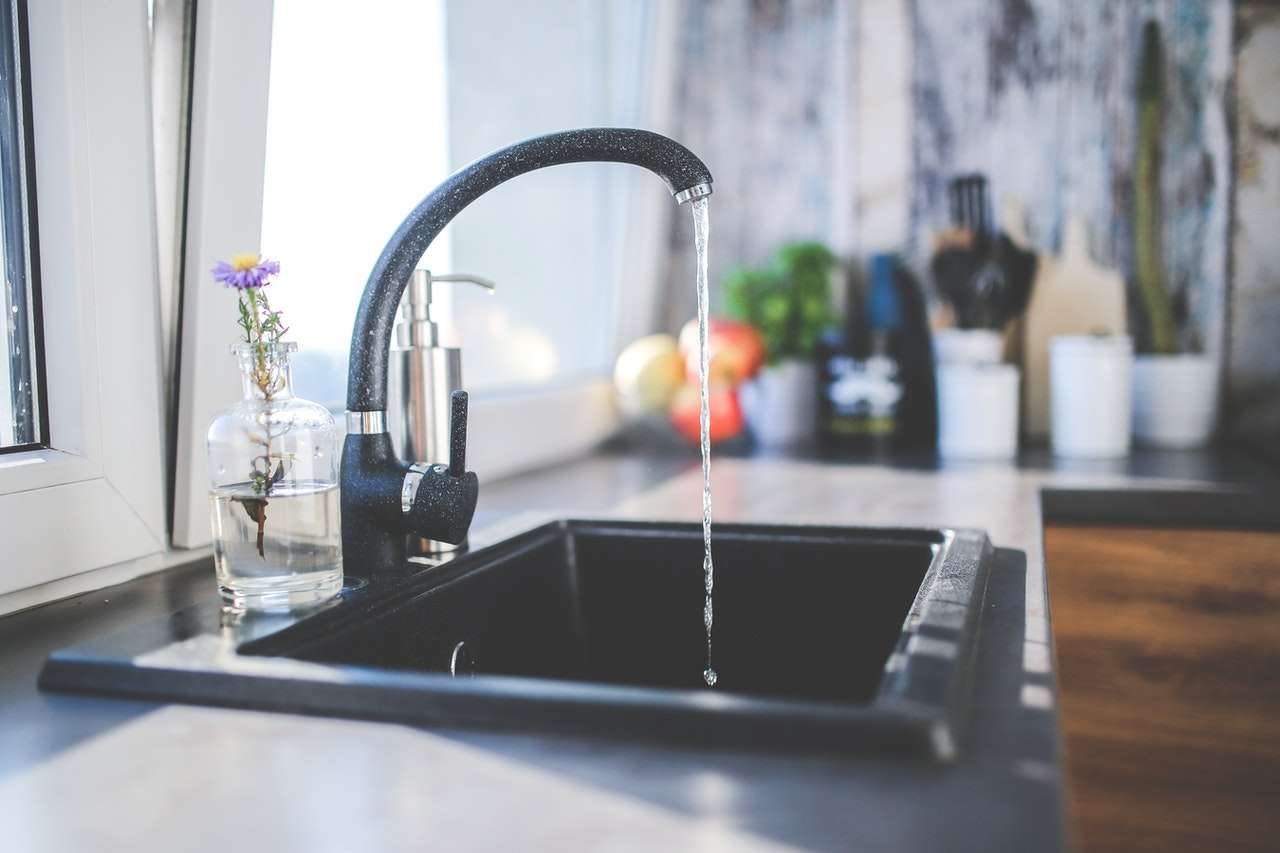 There can be several reasons why your kitchen sink is backing up. It could be due to clogged pipes, a malfunctioning garbage disposal, or even a damaged sewer line. Before taking any action, it is important to identify the root cause of the problem. This will help you determine the best course of action to take and prevent the issue from happening again in the future.
There can be several reasons why your kitchen sink is backing up. It could be due to clogged pipes, a malfunctioning garbage disposal, or even a damaged sewer line. Before taking any action, it is important to identify the root cause of the problem. This will help you determine the best course of action to take and prevent the issue from happening again in the future.
Seeking Professional Help
 In some cases, a backed-up kitchen sink can be resolved with simple DIY solutions such as using a plunger or a drain snake. However, if the problem persists, it may be time to seek professional help. A licensed plumber can properly diagnose and fix any underlying issues, ensuring that your kitchen sink is functioning properly and preventing any further damage to your house design.
In some cases, a backed-up kitchen sink can be resolved with simple DIY solutions such as using a plunger or a drain snake. However, if the problem persists, it may be time to seek professional help. A licensed plumber can properly diagnose and fix any underlying issues, ensuring that your kitchen sink is functioning properly and preventing any further damage to your house design.
Preventing Future Back-Ups
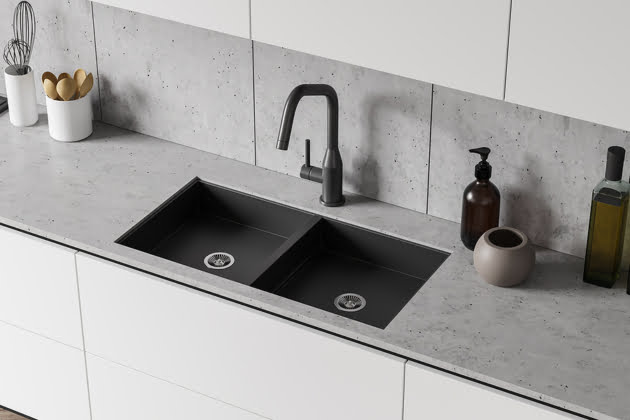 Having a well-organized house design includes having a well-maintained kitchen sink. To prevent future back-ups, it is important to regularly clean and maintain your kitchen sink and pipes. Avoid pouring grease, oil, and food scraps down the drain, as these can cause clogs. Also, regularly check the garbage disposal for any build-up that may hinder its functionality.
Having a well-organized house design includes having a well-maintained kitchen sink. To prevent future back-ups, it is important to regularly clean and maintain your kitchen sink and pipes. Avoid pouring grease, oil, and food scraps down the drain, as these can cause clogs. Also, regularly check the garbage disposal for any build-up that may hinder its functionality.
Final Thoughts
 A backed-up kitchen sink can be a frustrating and messy situation, but with a well-organized house design and proper maintenance, it can easily be resolved and prevented. Remember to identify the cause of the back-up, seek professional help if needed, and take preventative measures to keep your kitchen sink functioning properly. By following these tips, you can ensure a functional and stress-free kitchen sink for your household.
A backed-up kitchen sink can be a frustrating and messy situation, but with a well-organized house design and proper maintenance, it can easily be resolved and prevented. Remember to identify the cause of the back-up, seek professional help if needed, and take preventative measures to keep your kitchen sink functioning properly. By following these tips, you can ensure a functional and stress-free kitchen sink for your household.
/plumber-unclogging-kitchen-sink-169270382-5797a9355f9b58461f27f024.jpg)

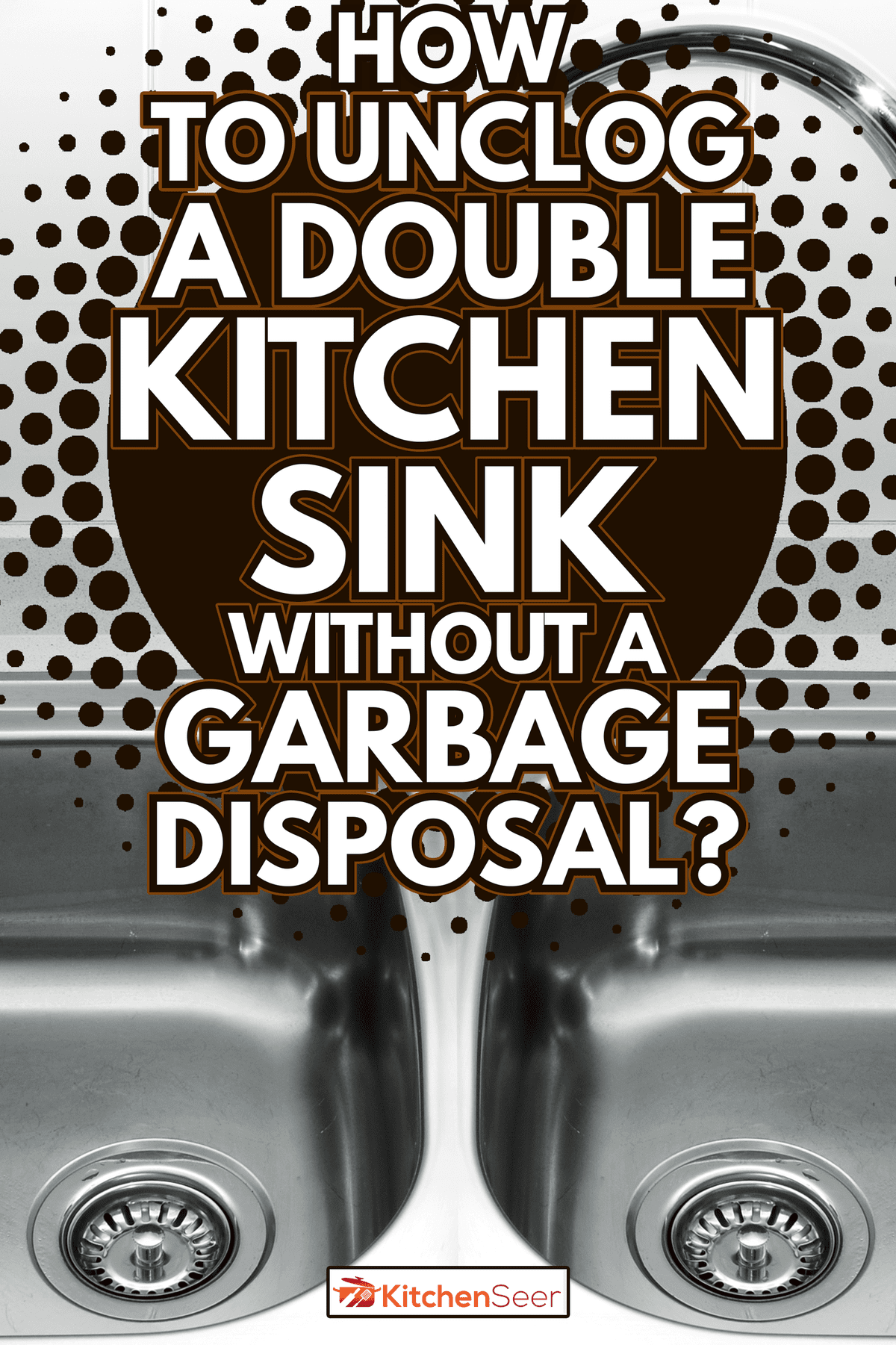



:max_bytes(150000):strip_icc()/how-to-unclog-a-kitchen-sink-2718799_sketch_FINAL-8c5caa805a69493ab22dfb537c72a1b7.png)








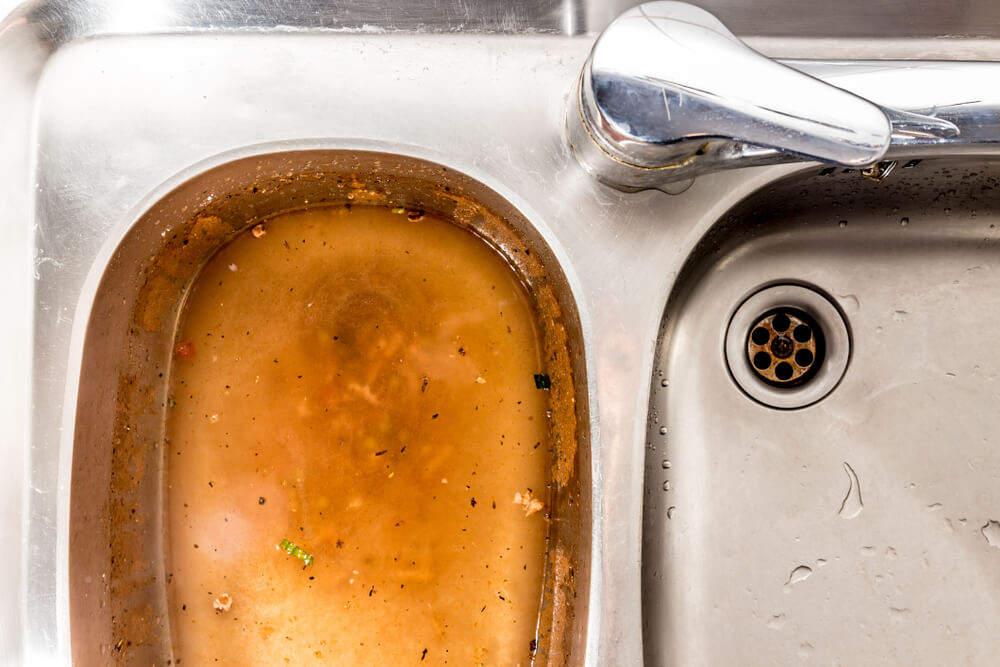






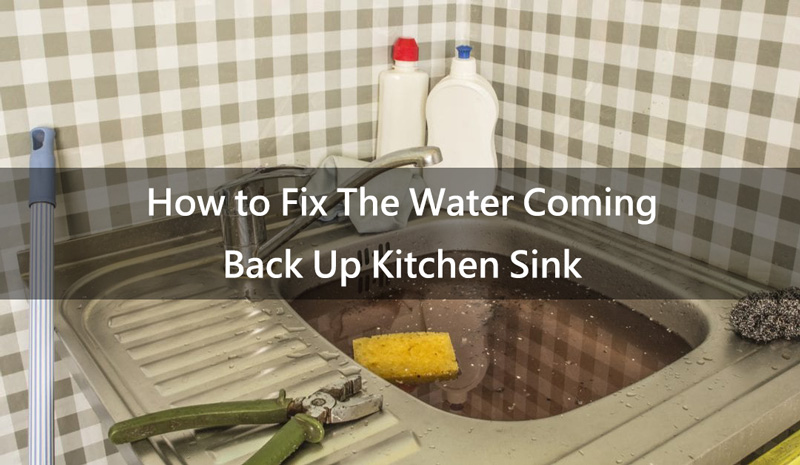
















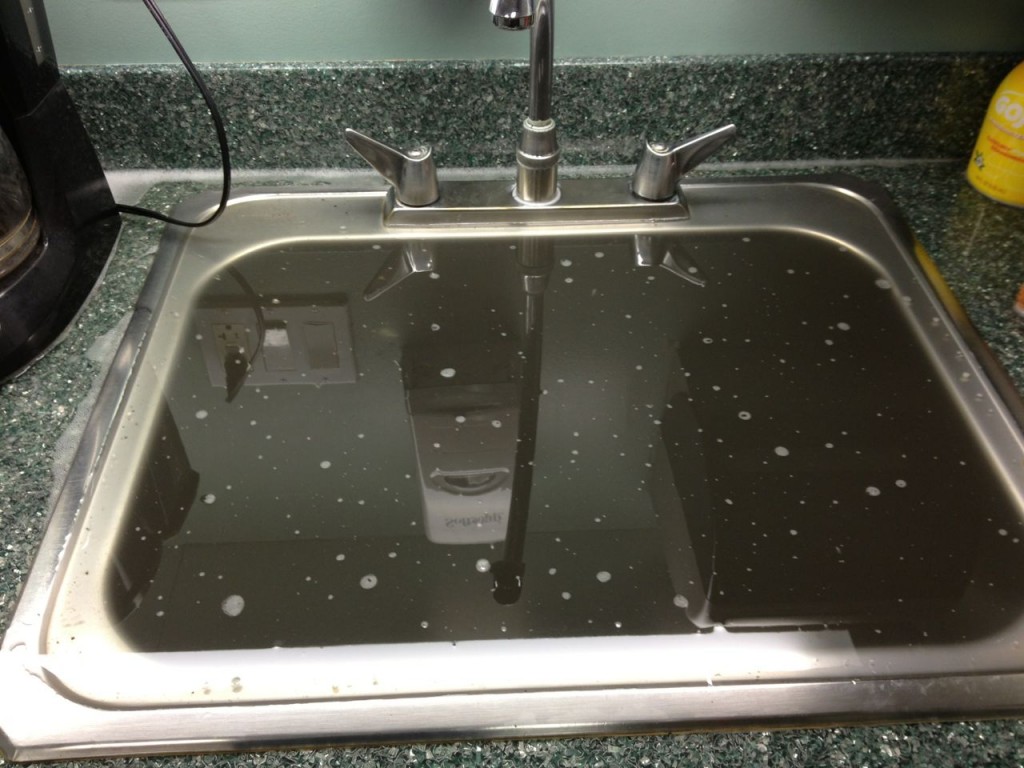

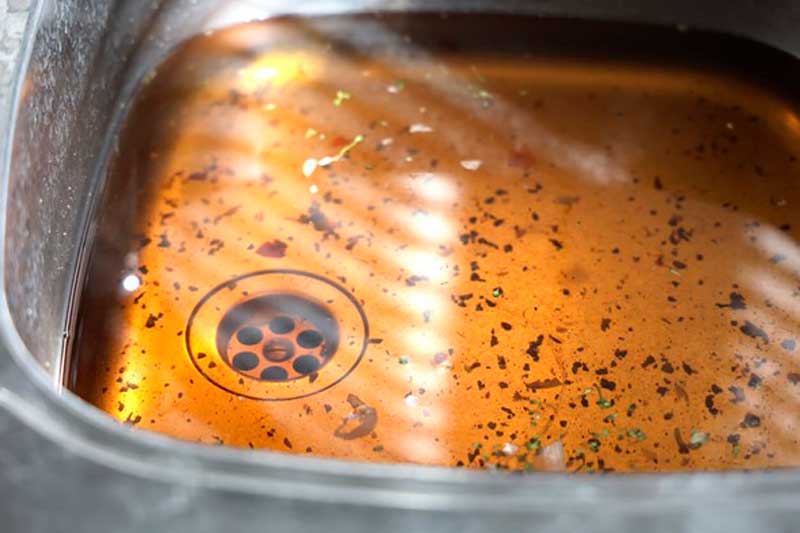





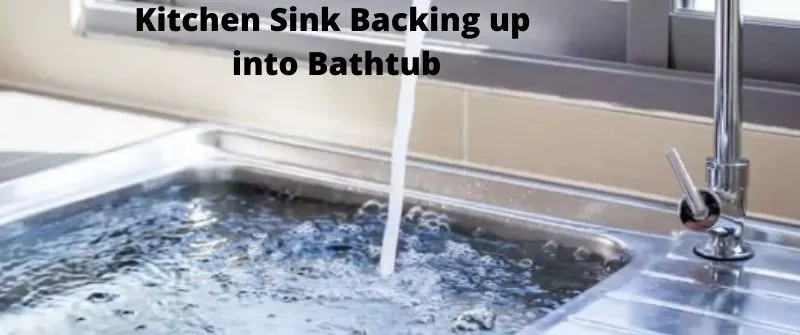


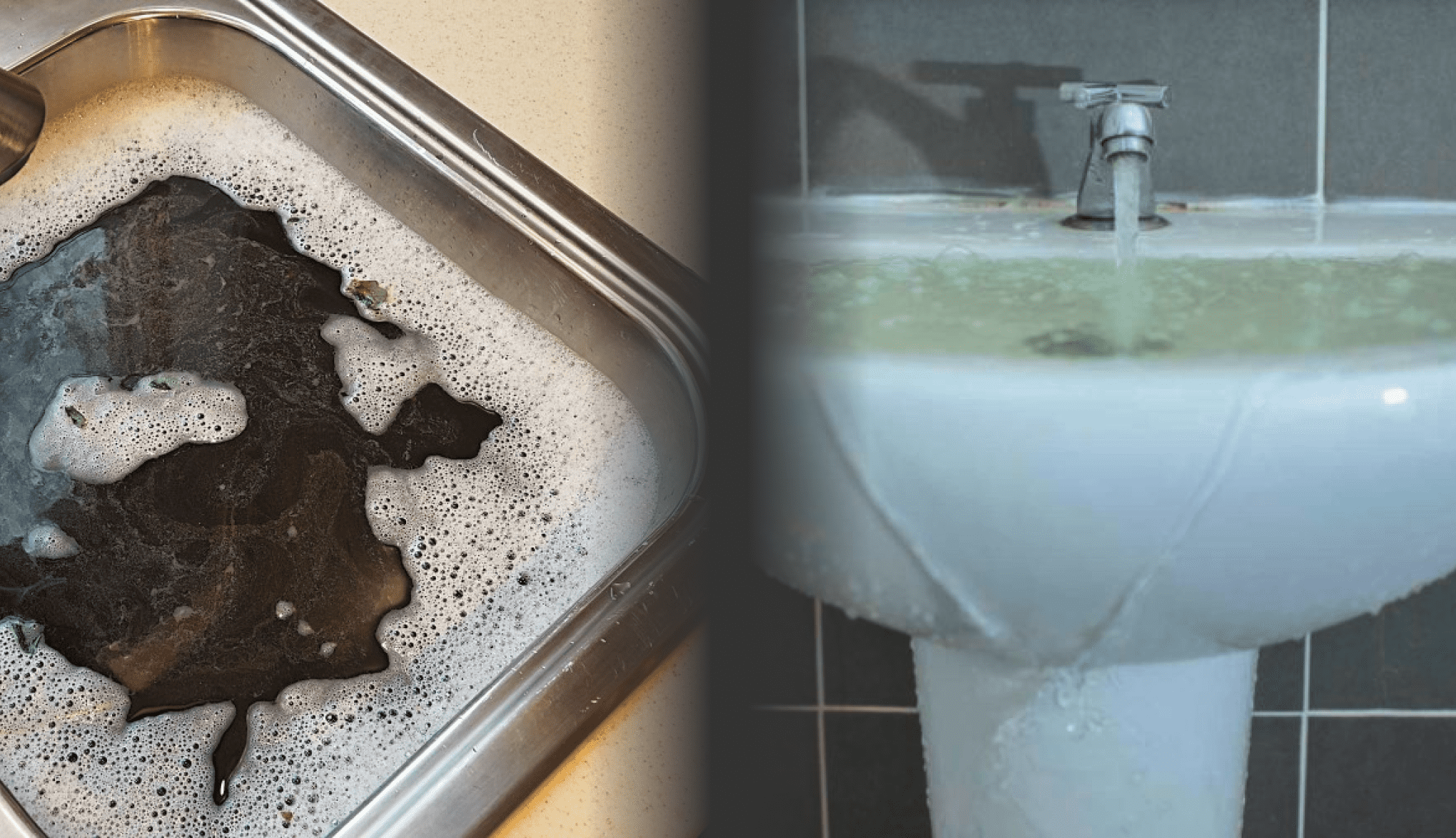


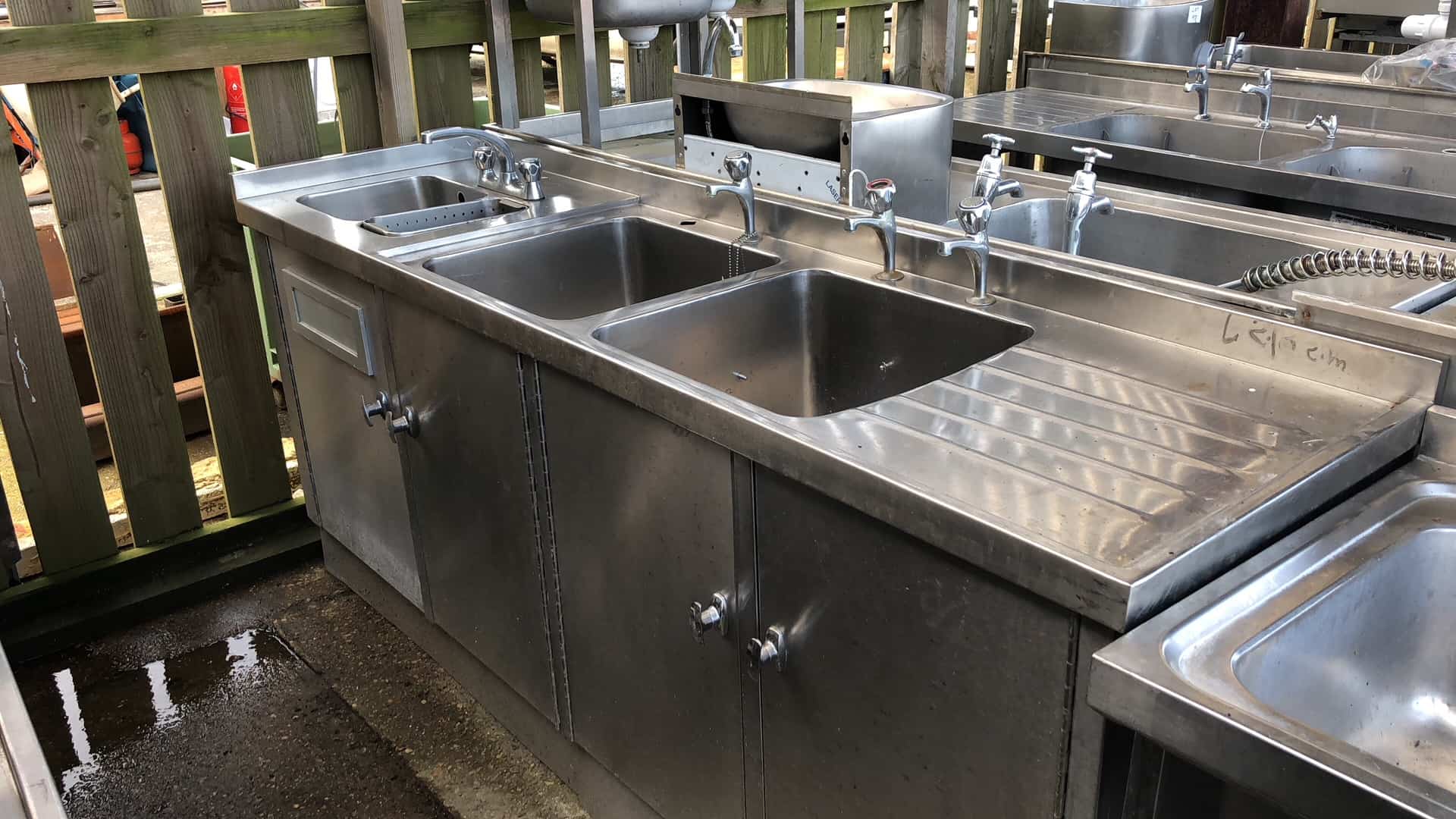

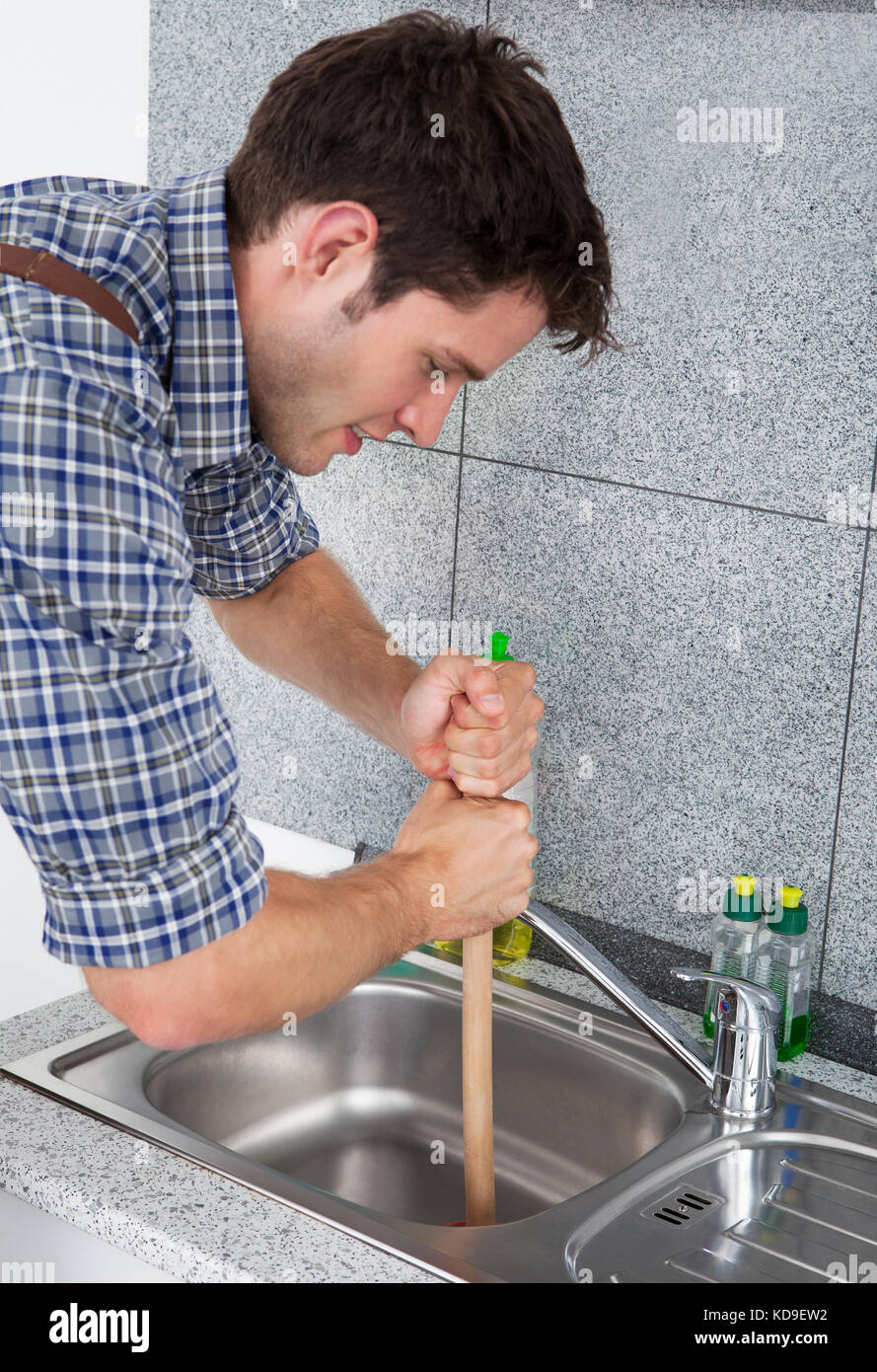


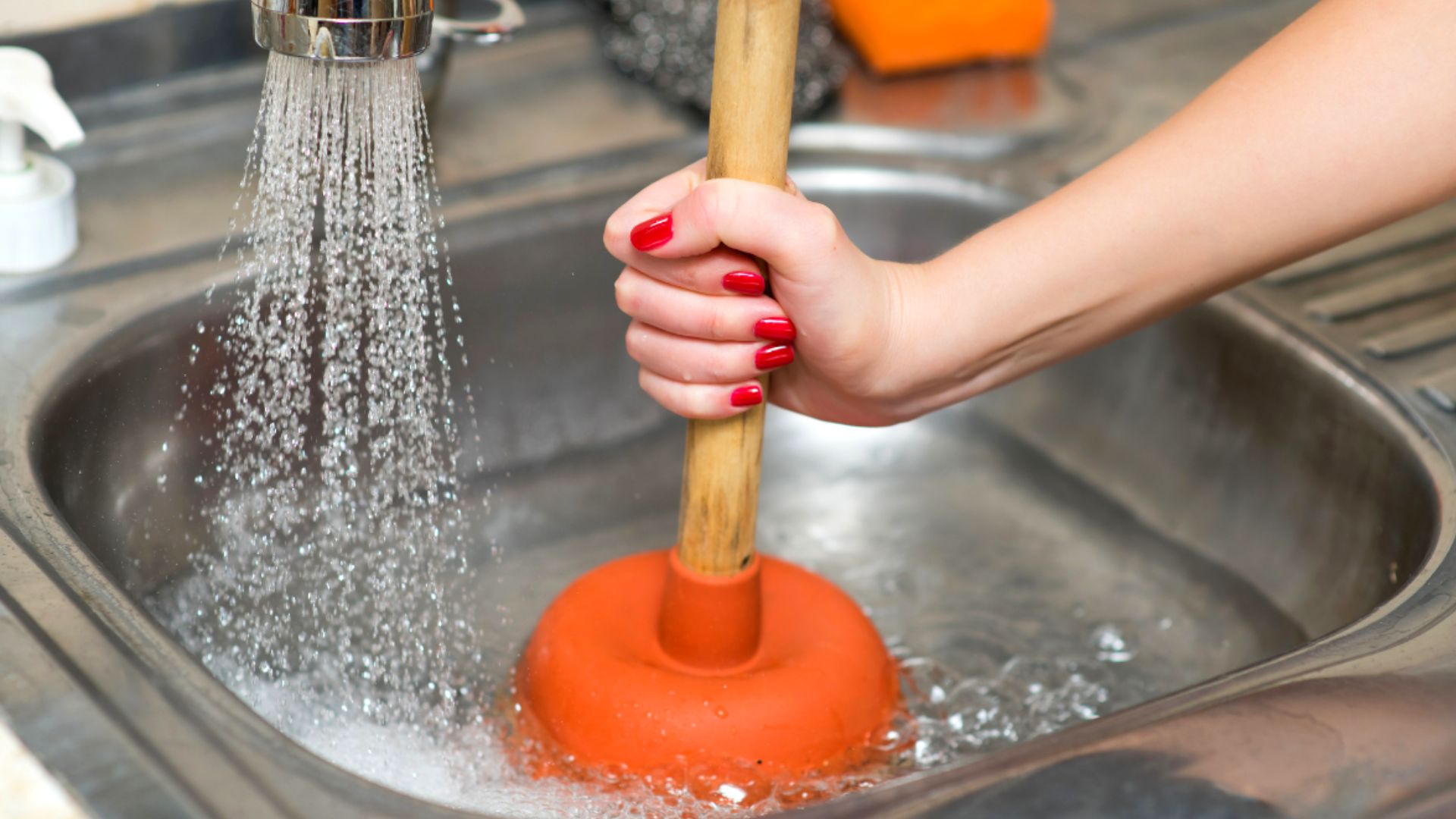
/woman-wearing-yellow-washing-up-gloves-to-unblock-sink-using-plunger-close-up-131987463-5887cfc03df78c2ccd92ec9e.jpg)



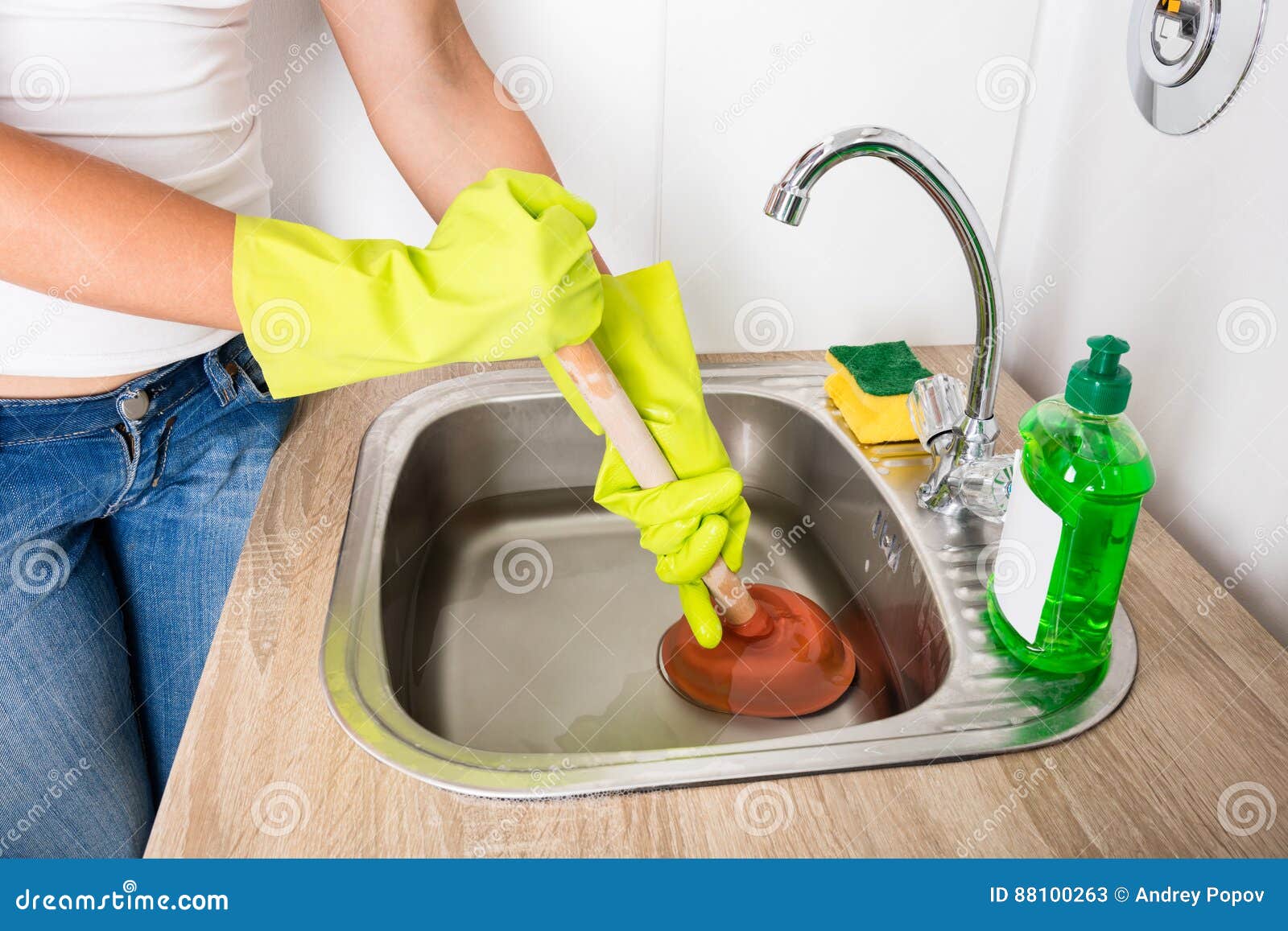




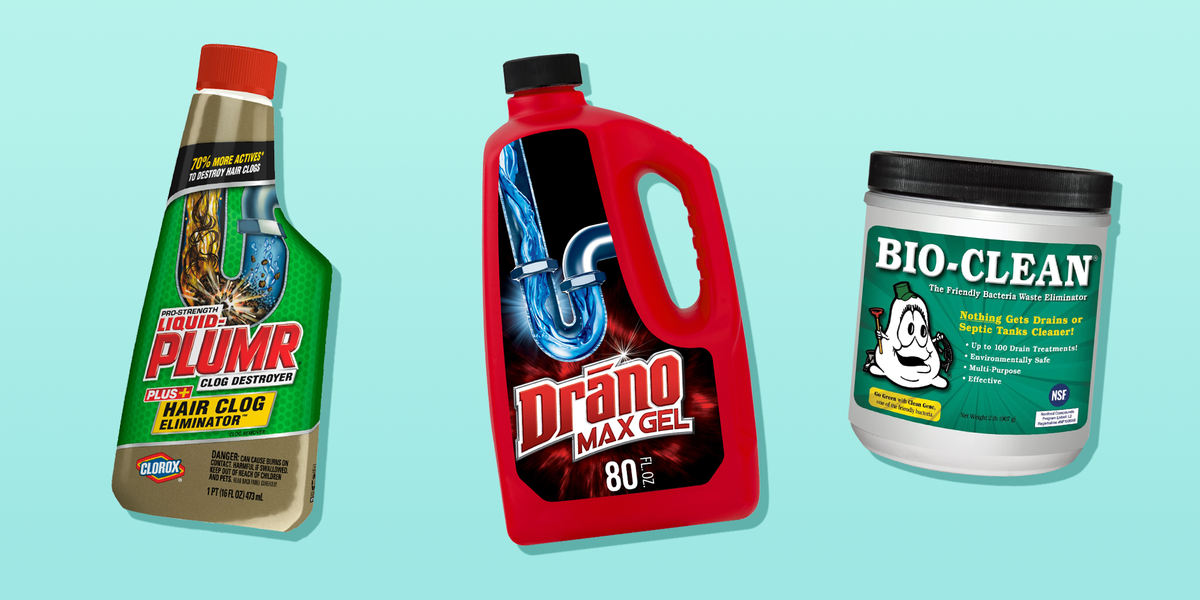

:max_bytes(150000):strip_icc()/pouring-chemicals-down-a-sink-80033290-5810e9425f9b58564c60a7e1.jpg)
